Affiliate links on Android Authority may earn us a commission. Learn more.
YouTube Music vs Spotify: Can Google even compete?
Published onNovember 27, 2024
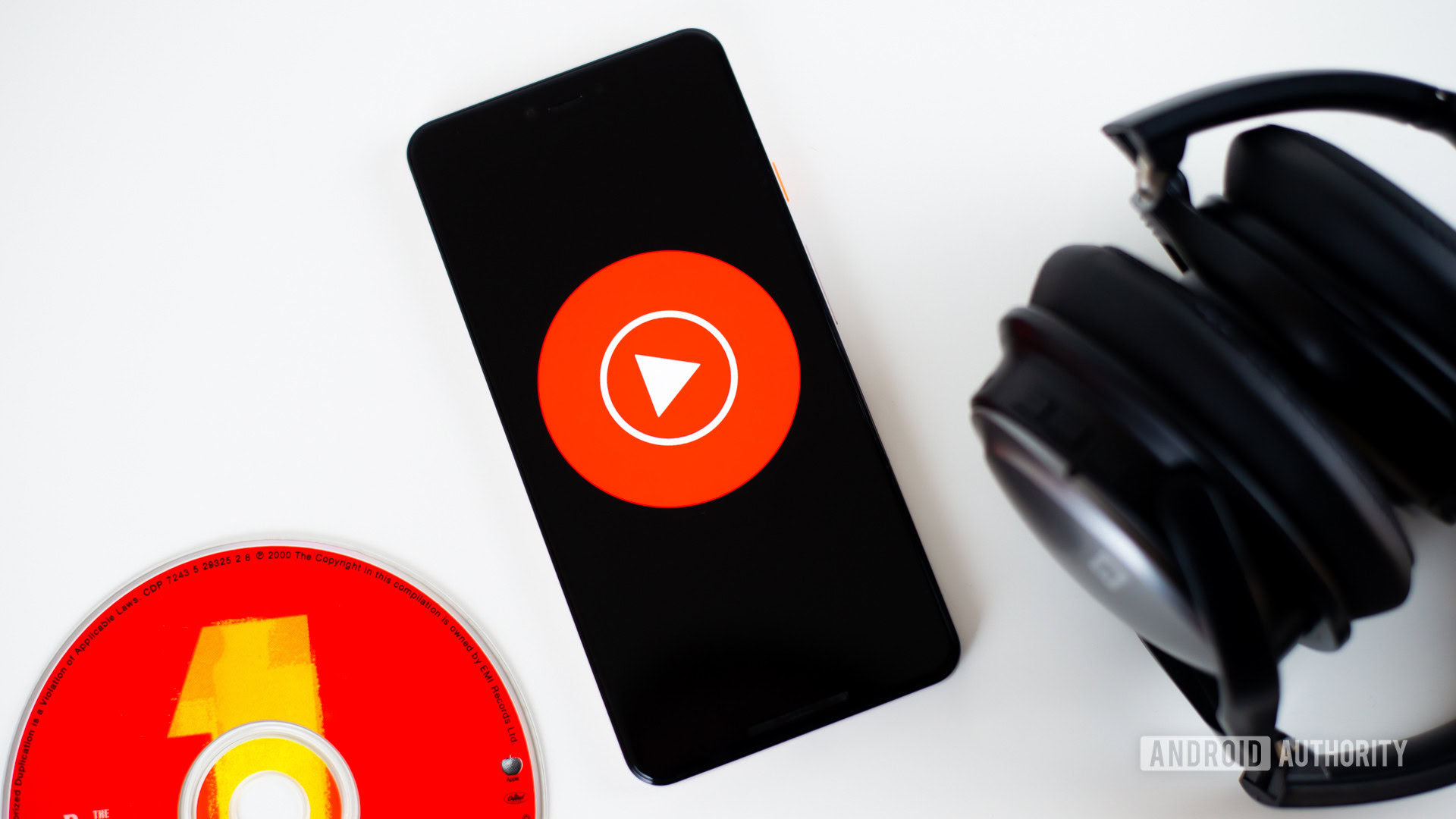
Services like Spotify and YouTube Music allow you to stream music, create playlists, discover new songs, etc. Although they seem pretty much the same at first glance, there are a lot of differences between them. They may have different library sizes, offer extra content beyond music, feature different streaming qualities, and much more.
These differences matter and should be a significant factor when deciding which streaming service to subscribe to. In this post, we’ll look at the biggest ones to help you decide which of the two services comes out on top in the YouTube Music vs. Spotify battle.
YouTube Music vs Spotify: Free plan limitations
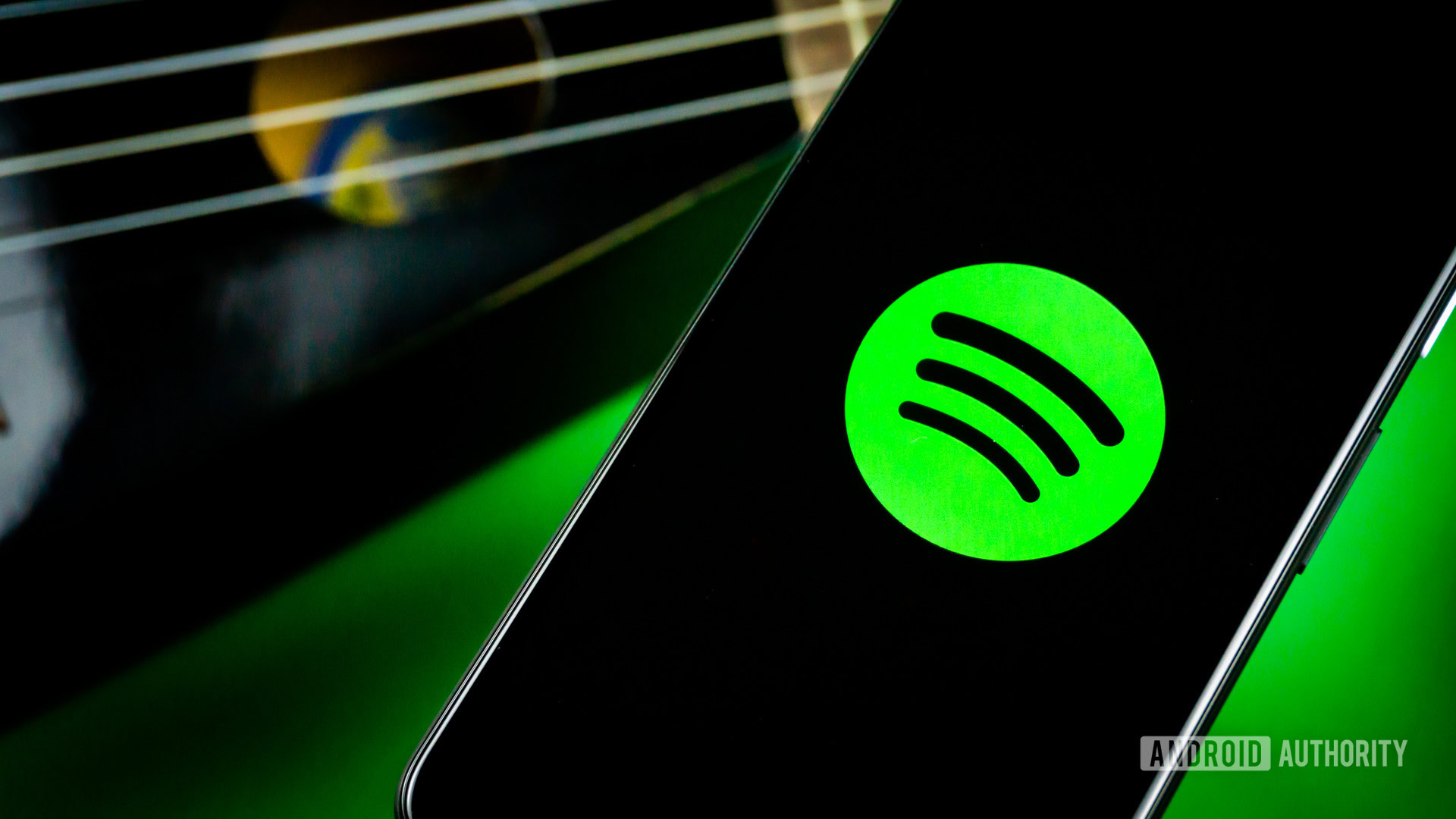
Both Spotify and YouTube Music have a free plan available, but each provider’s limits set in place are very different.
When signed up for the free plan, Spotify only allows you to choose the songs you want to play on specific playlists, like the personalized Daily Mix. Otherwise, you can only play tracks in shuffle mode, which is annoying. You can skip the songs you don’t like, but only six times per hour. Audio quality is limited to 160kbps. Also, there are occasional ads that interrupt the listening experience, and you can’t download music for offline listening.
YouTube Music's free plan lets you play any song you want.
The free YouTube Music plan, on the other hand, allows you to pick and play any track you like, making it much more helpful than Spotify in this regard. You can even skip tracks as many times as you want. However, the most significant disadvantage of Google’s streaming service is that you have to keep the app open to play music. Forget about browsing the web or turning the screen off while listening to music: as soon as you close the app, the music cuts off.
Like its biggest rival, the free version of YouTube Music is also supported by ads and doesn’t allow you to download music to your phone. Audio quality is also limited: you can stream at a maximum of 128kbps with the free plan.
There’s no clear winner here, as the free plans offered by the streaming services are more different than alike. Deciding which one is right for you comes down to the limitations that work better in your specific situation. Personally, though, I would lean more towards YouTube Music if I had to stay with one of these free plans. Mostly because of the ability to actually pick songs and skip as I wish.
YouTube Music vs Spotify: Content
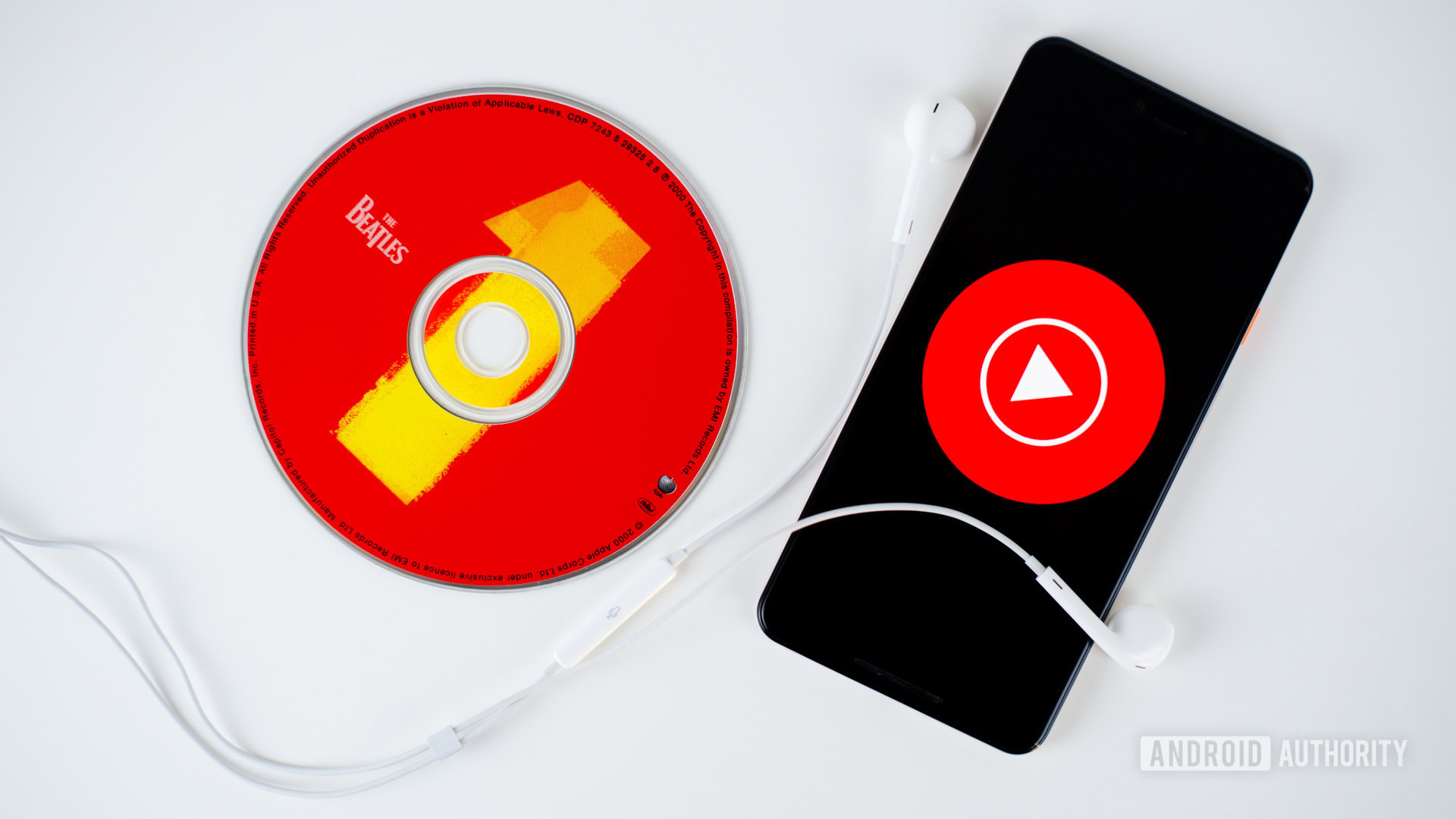
Both Spotify and YouTube Music offer access to tens of millions of songs. Quality trumps quantity any day of the week, and there isn’t a big difference between the two in this area, in my experience. All my favorite songs and artists are available on both platforms. Your mileage may vary, although likely not by much — especially if the artists you’re into are relatively popular and well-known.
If you care about numbers, though, Spotify has over 100 million songs, while YouTube Music is said to also have over 100 million tracks. The most significant difference between the two services in terms of content is that Spotify gives you access to a wide selection of podcasts. At the same time, YouTube Music is focused on music and music videos.
There are over five million podcast titles on Spotify. There’s a good chance the ones you’re listening to are available on the streaming service, regardless of whether they are famous or super-niche. This means that if you’re a Spotify user, you don’t need a separate app for podcasts anymore.
There are no podcasts on YouTube Music, but there are a lot of music videos, as one would expect. They are a big part of the service. A list of recommended and new videos frequently shows up on the front page, and you can also check out various charts, including the top global 100 music videos.
Remember that Spotify also has several videos, although they aren’t front and center like its competitor. The selection is limited, and there’s no dedicated section where you can find videos. Instead, they usually pop up when searching for an artist or song.
If you’re into videos, YouTube Music is the better option for you. But if podcasts are more of your thing, Spotify is more up your alley. As for music selection, they are very similar.
YouTube Music vs Spotify: Music discovery
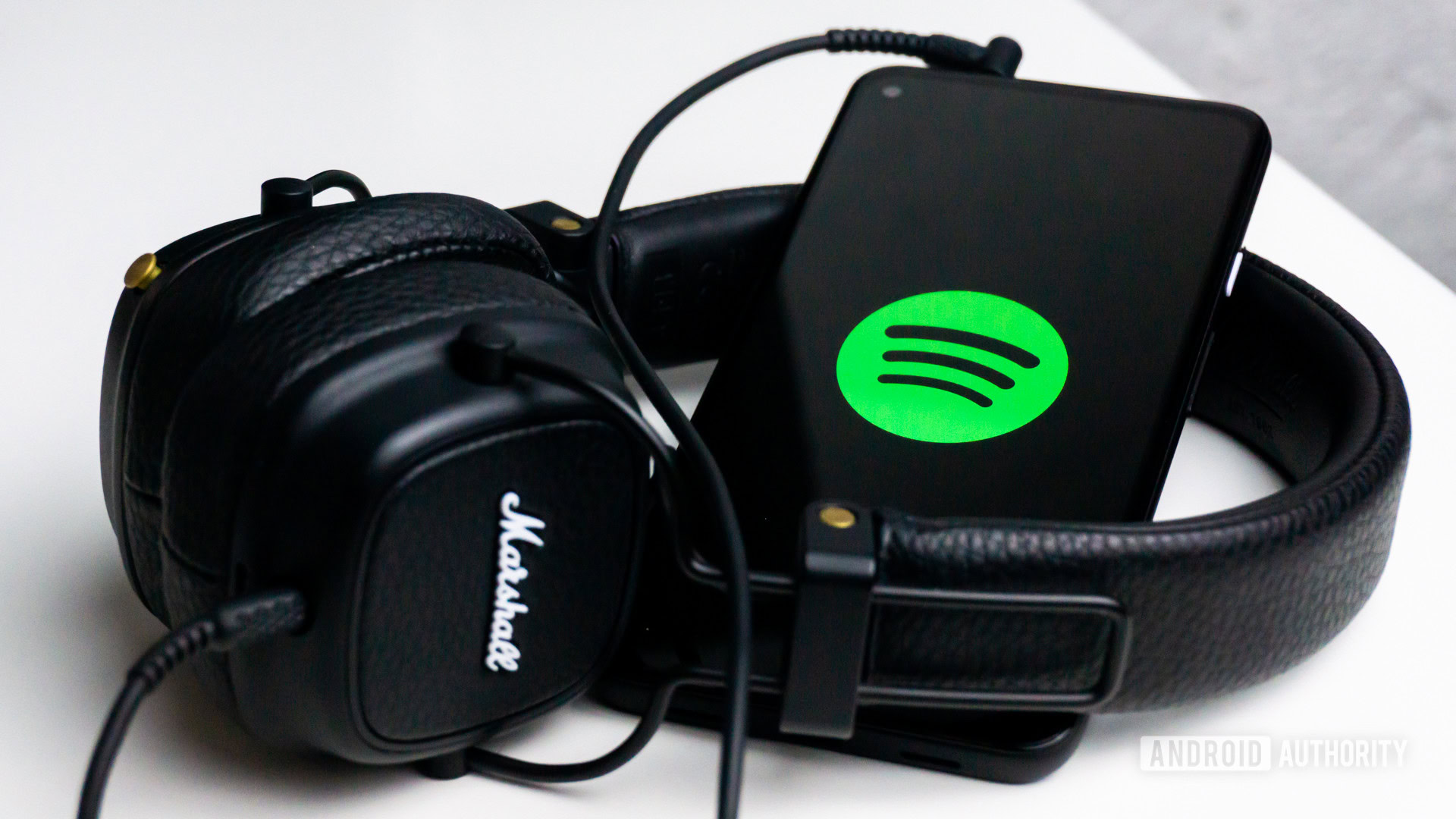
Here’s where the gap between the two services gets bigger. Spotify is much better for music discovery. The popular Discover Weekly playlist contains songs from artists and genres you’re listening to. A new one is released every Monday with 30 tracks. Additionally, the service creates up to six daily mixes for you based on your listening habits.
The Swedish streaming service also has a ton of playlists for just about every genre and mood you can imagine. It’s easy to find what you’re looking for, regardless of whether you use the service on your phone or PC. What’s more, the app also has a lot of charts that list the most popular songs by country — there are more than 60 of them available. And if you prefer, you can look for user-curated playlists, as long as they are public.
Spotify has a lot more playlists than YouTube Music.
YouTube Music offers a few types of personalized playlists. The Discover Mix gives you 50 lesser-known tracks every week, the New Release Mix contains the most recent releases by your favorite artists, and a set of mixes based on your listening habits. Then there’s My Supermix, a combination of songs from different genres you like and includes 100 tracks.
Google’s service also allows you to browse playlists by mood or genre, but the problem is that the selection is limited. Spotify seems to have many more playlists for each genre when compared to YouTube Music. More moods and genres are available to browse on Spotify than on Google’s streaming service.
I’m not saying that YouTube Music is bad at music discovery. There are a few mixes available and a few playlists, which most people will likely be happy with. However, Spotify does it way better. With that in mind, this round definitely goes to the Swedish streaming giant.
YouTube Music vs Spotify: Which has better audio quality?
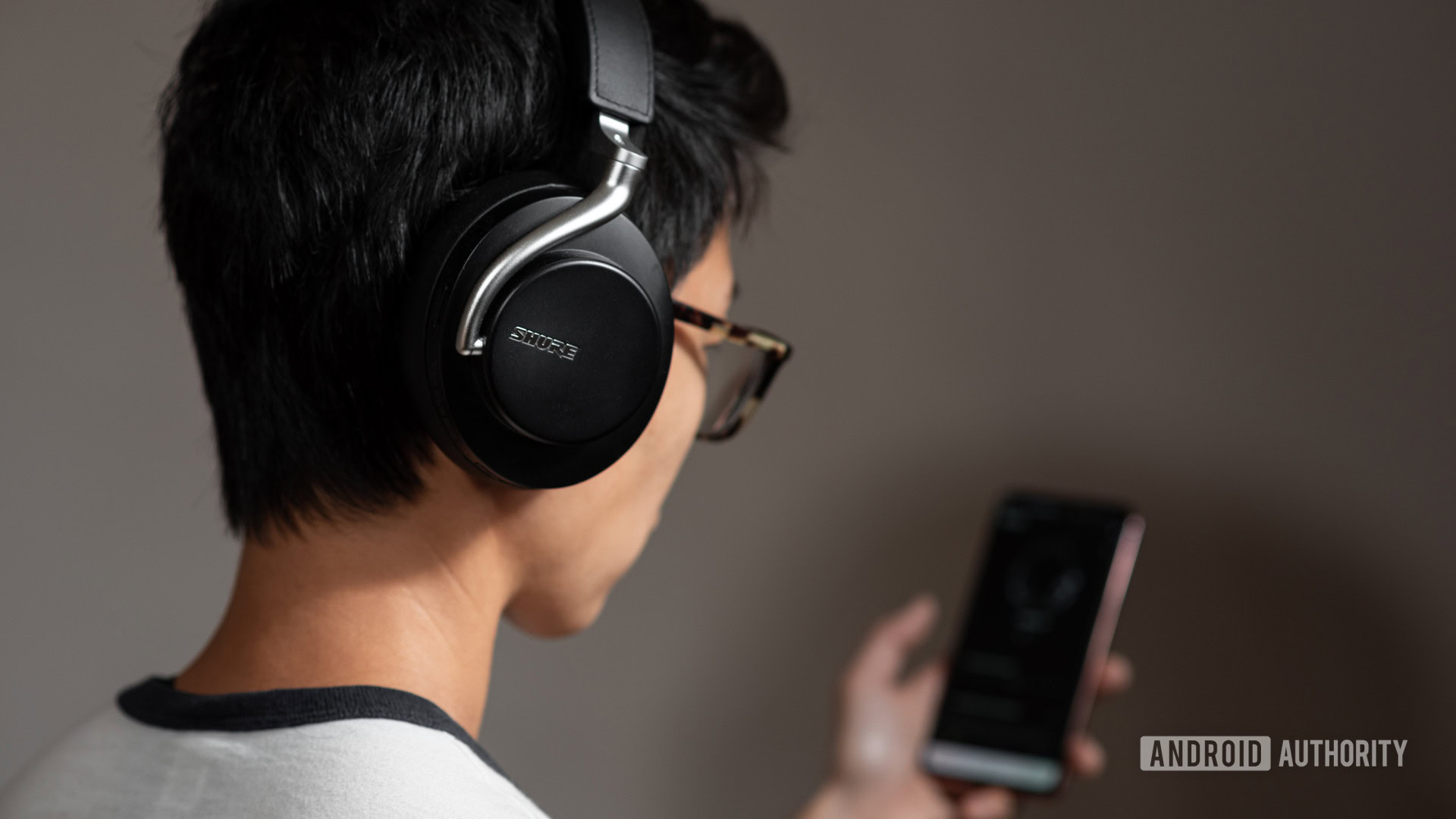
We briefly mentioned audio quality in the free plan limitations section of this comparison, but this certainly requires its own section. Audiophiles will definitely care about which service offers the best sound fidelity. Let’s look at some of the standards on both Spotify and YouTube Music.
| Spotify | YouTube Music | |
|---|---|---|
Coding standards | Spotify AAC | YouTube Music AAC and OPUS |
Low quality mode | Spotify 24Kbps bitrate | YouTube Music 48Kbps bitrate |
Normal quality mode | Spotify 96Kbps bitrate | YouTube Music 128Kbps bitrate |
High quality mode | Spotify 160Kbps bitrate | YouTube Music 256Kbps bitrate (Only available for Premium subscribers) |
Very high quality mode | Spotify 320Kbps bitrate (Only available for Premium subscribers) | YouTube Music N/A |
As you can see, Spotify has a higher maximum bitrate, but only if you pay for a Premium subscription. YouTube Music has generally higher bitrates across the board. It also offers OPUS audio coding, which is a better alternative, especially at lower bitrates.
All that said, neither of these are true audio quality pioneers. We advise that you look into TIDAL HiFi or Amazon Music HD if you care about audio quality.
YouTube Music vs Spotify: Pricing and plans

We’ve already talked about the free plans and their limitations in the first section of this post, so now, let’s take a closer look at the premium plans the two services offer. Spotify and YouTube Music have very similar prices in the US.
Spotify’s individual monthly subscription will set you back $11.99 per month, while a two-user plan, called Duo, will cost $16.99 per month. The price is lowered to $5.99 if you’re a student. You can also get a family plan that supports up to six accounts for $19.99.
Meanwhile, YouTube Music costs $11.99 a month for a single user. It also has a $16.99 family plan that can be used by six users. Then, there’s also a $5.49 plan for students. You can also pay for YouTube Music Individual for an entire year for $109.99, which offers a 15% saving over the monthly payment scheme.
Google also offers a YouTube Premium subscription that appeals to those who love watching YouTube videos. The subscription costs more per month but includes both YouTube Music and YouTube Premium. YouTube Premium gets rid of ads. You can also download YouTube videos and take advantage of background play, which means that a video’s audio won’t stop playing if you close the app or turn off your phone screen. These YouTube features could be a huge reason to go with Google’s services instead. I know they are for me.
If you want to sign up for YouTube Premium, it costs $13.99 per month or $139.99 per year for an individual user. A family plan costs $22.99, and you can add up to five members. Students can pay $7.99 per month.
Device compatibility
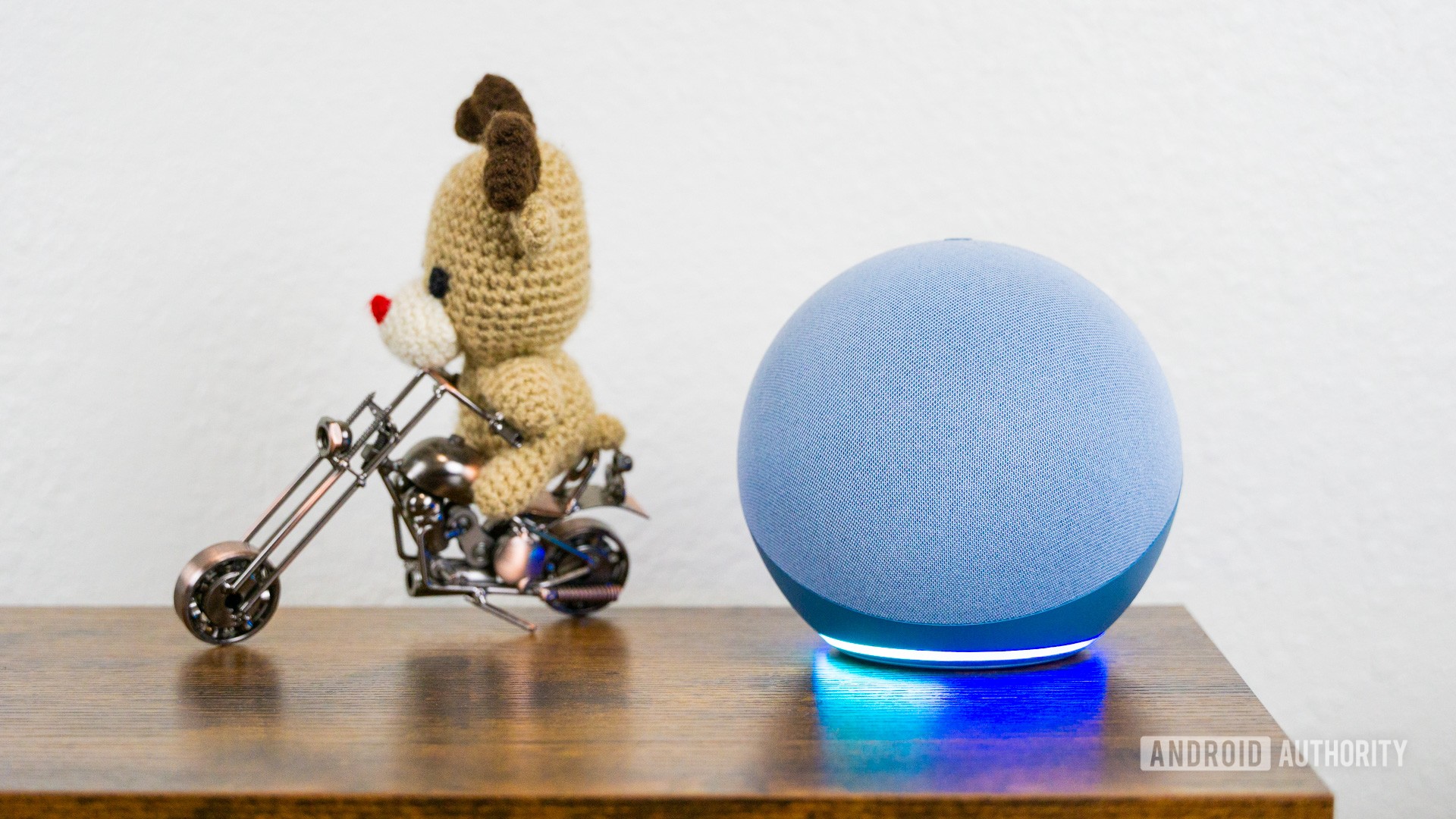
YouTube Music and Spotify work with all mobile devices, as both have apps for Android and iOS. The gap between these services grows bigger as you try to start using them with other connected devices, though. For example, Spotify has a native app for Windows and macOS, as well as a web player. YouTube Music relies on a web player, which means you’ll need to use a browser while operating a PC.
Additionally, Spotify directly integrates with all major digital assistants, including Google Assistant, Alexa, and Siri. Sadly, YouTube Music only works with Google Assistant and Apple’s Siri. There’s no Alexa support, which is unfortunate, considering it’s a very important assistant. This means you can’t just ask Alexa speakers to play music using YouTube Music, and you’ll have to connect via Bluetooth to use YouTube Music with your Echo device.
Spotify offers much better support for platforms, services, and other ecosystems.
Other differences
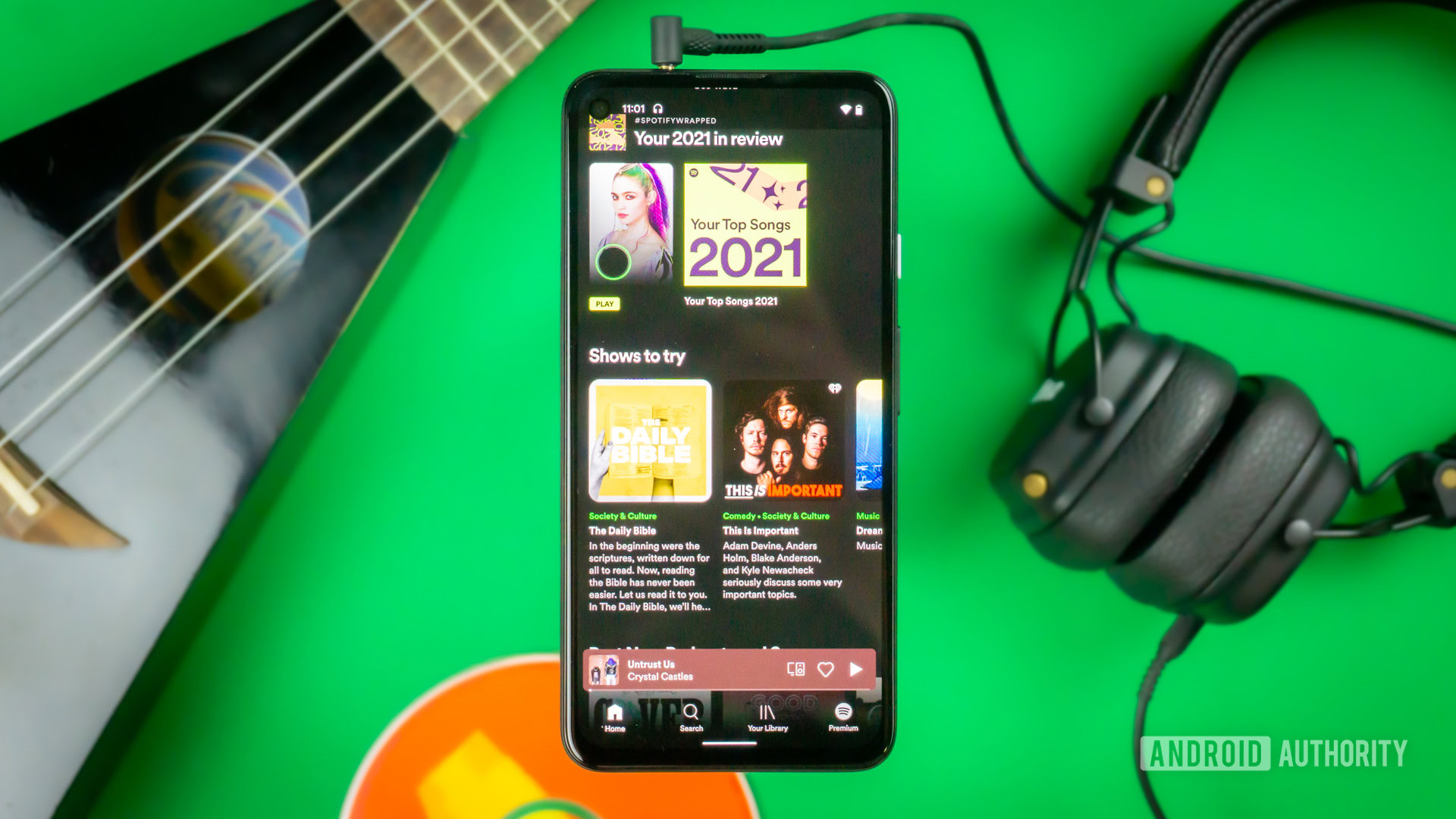
There are several other minor differences between the two services. For example, Spotify has better social features than its competitor. In addition to sharing songs on social media, you can check out exactly what your friends are listening to. It’s a great way to discover new music.
You can also see how many monthly listeners a particular artist has and how many followers playlists have. This can be used for comparison purposes, allowing you to figure out which artists/playlists are popular among Spotify users.
YouTube Music also lets you share tracks on social media and allows you to see how many subscribers each artist has. You can’t see what your friends are listening to or how popular a specific playlist is.
Spotify offers a lot more features than its rival.
Spotify has many other extra features you won’t find on YouTube Music. There’s the crossfade feature that lets you create a seamless transition between songs and gapless mode that tries to eliminate the pause after one song ends and a new one starts. There’s even a native desktop app available, which you don’t get with YouTube Music.
And the winner is…
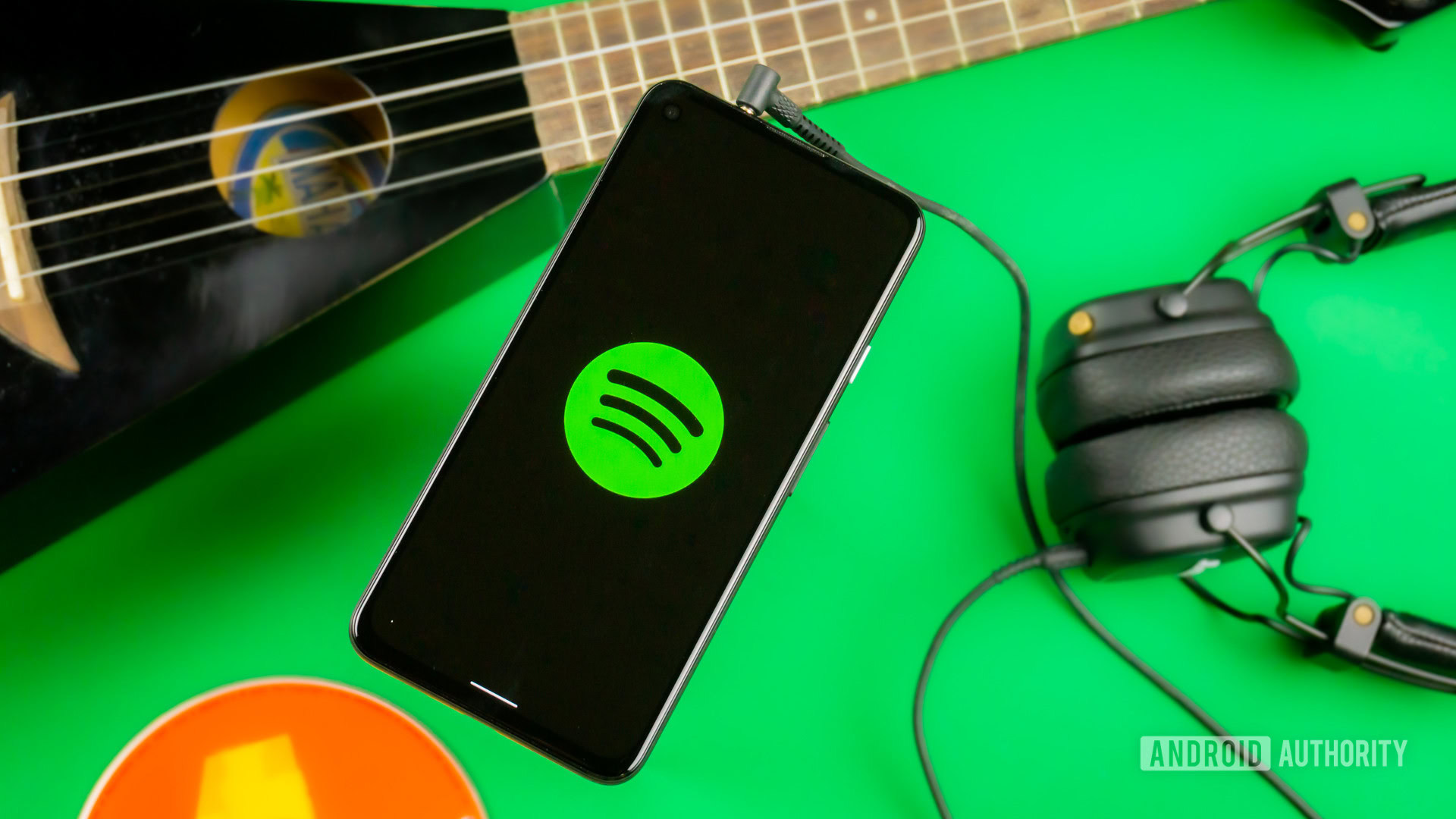
Overall, Spotify is a superior service. It’s better for discovering new music, has more playlists, offers more robust social features, and gives you access to loads of podcasts. The app is also packed with valuable features, including crossfade. However, that doesn’t mean it’s a better option for everyone.
There are still reasons to choose YouTube Music over Spotify. Google’s service is right up your alley if you love watching music videos. It’s also an excellent option for those who want to get YouTube Premium features, although that will require an extra $3 per month (totally worth it!). These are the two main selling points of YouTube Music right now, but if they aren’t super important to you, I’d suggest you subscribe to Spotify.
YouTube Music is also better if you don’t want to spend money and are satisfied with a free plan. Especially if you’re using it on a computer. You can play any song you like and skip as many times as you want. Spotify is a better option if you wish to browse the web on your mobile device while listening to music or turn off the display to save battery life. As already mentioned, there’s no winner when it comes to the free plan, so you’ll have to base your decision on the limitations you can more easily live with.
Remember that both services offer a free trial for their premium service. So, if you’re still on the fence regarding which one to go with, test them out both first to see which one you like better. That said, Spotify more often extends the trial period. For example, right now we can see it offering a three-month free trial. This gives Spotify another point.
These are the main differences between YouTube Music and Spotify, although there are a few other smaller ones.